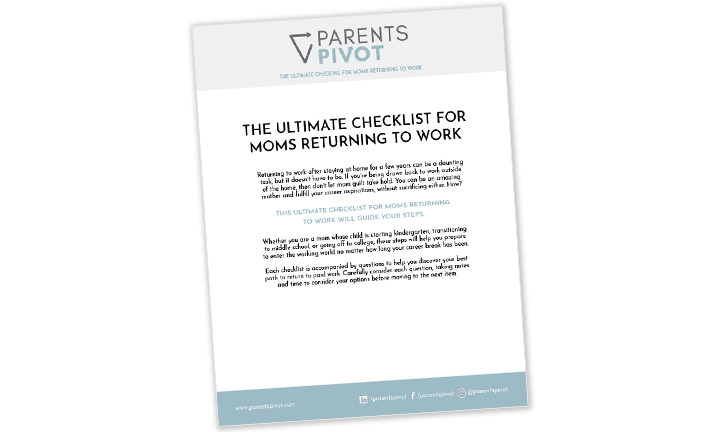What's one thing you can do this summer that will make everything else easier (or unnecessary)?
It might take some time for the answer to this question to come to your mind. As busy moms, we have dozens of things on our plates at any given time: chores, budgeting, parenting, volunteer commitments, kid extracurricular, health…to name a few. Especially during the summer, there seem to be new (and fun) things to juggle that mean our ongoing commitments and responsibilities seem even harder to manage.
Audiobooks are my favorite busy mom hack, and I’ve been listening to “The ONE Thing: The Surprisingly Simple Truth Behind Extraordinary Results” As we head into summer, it’s been a great reminder for me to stop the busyness, slow down, and focus on one thing that is important.
Reasons To Narrow Your Focus
Here are a just a few takeaways from the book that can help ease the stress of your busy mom life:
Less is More. One of the biggest takeaways from this book is that doing less, or focusing on one thing, is actually a more productive way to manage my todo list and time than trying to multitask. You are more efficient, productive, and will achieve a more successful result if you narrow your focus to do one thing at a time.
Baby steps are steps in the right direction. By taking smaller steps to your bigger goal, you get less overwhelmed, harbor less stress, and boost your own morale by celebrating small wins.
Focusing creates habits. If it takes 66 days to form a habit (which is what the authors suggest), then focusing on your one thing will help you stick with the habit routine you want to form. Habits are the means by which highly successful people meet their goals… if they can do it, you can too!
How To Choose Your One Thing
You may be wondering, “how on earth can I choose just one thing to focus on when I have so many?” Remember from my opening question that your one thing should make everything else easier, or unnecessary. Give it some thought, and use these steps to help guide you to choose wisely:
First, reflect on what you want to accomplish this summer. It could be a habit, a task, or a project. What is one thing that you REALLY want to accomplish?
Next, think through tasks or habits that would make other things easier. For example, maybe your one thing is to ensure everyone wakes up at the same time every day. Establishing a solid morning routine for your family might be the best way to mitigate family conflict that you’ve been managing for months. If your family always wakes up at a certain time, you can plan other activities accordingly so that you aren’t rushed to get out the door. By creating a consistent wake-up schedule, you can create a smoother, more efficient start to each day, making subsequent tasks throughout the day easier to manage since arguments, tantrums, and “I can’t find my lucky shorts!!!” panic attacks are minimized.
Plan ahead to focus your time. Ensure that you have time set aside each day to focus on your one thing. You will be tempted to skip it some days, or multitask. Don’t do it!
Say no to other non-essential things. Focusing on one thing means…focusing on ONE thing. That means you are saying no to everything else that isn’t essential and isn’t your one thing. You are saying yes to moving forward and making your one thing your priority for this month, summer or season of life.
Hold time for accountability and reflection. Focusing on one thing may seem like it’s too easy, but you’ll be surprised at how fast you may slide off track. Find someone or something to hold you accountable and check in regularly to ensure you are sticking to your goal.
What one thing looks like in real life
For me, I’m focusing on making Parents Pivot even better as an organization. We are hitting the 5 years in business milestone this month! It’s exciting and it’s an opportunity for reflection. That means, I am investing in a coach as a thought partner to help me reflect on all that we do well and see where we go from here to increase our impact for returners and working parents. I am setting aside at least 3 hours each week to focus on this process. I am setting milestones to reach each month this summer. It felt overwhelming at first but once I broke down the steps and started the process it feels more manageable.
At Parents Pivot, we partner with moms at pivotal points at the intersection of career and life like returning to paid work after a career pause, navigating parental leave, or leveling up your leadership within an organization or as an entrepreneur. If that is the one thing you’d like to focus on, learn more about our 1:1 and group coaching options. We would love to help you focus, and achieve your dreams!









